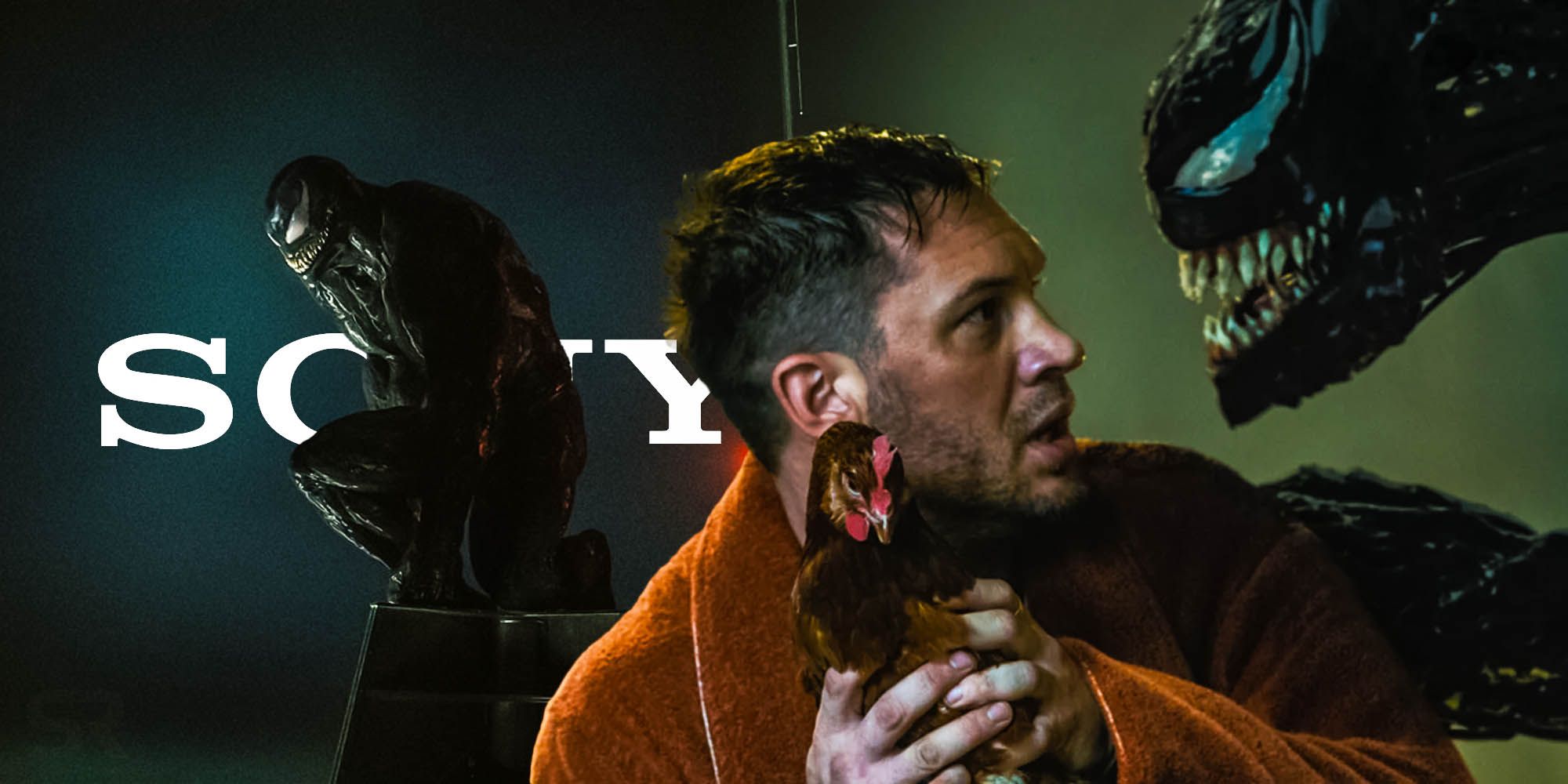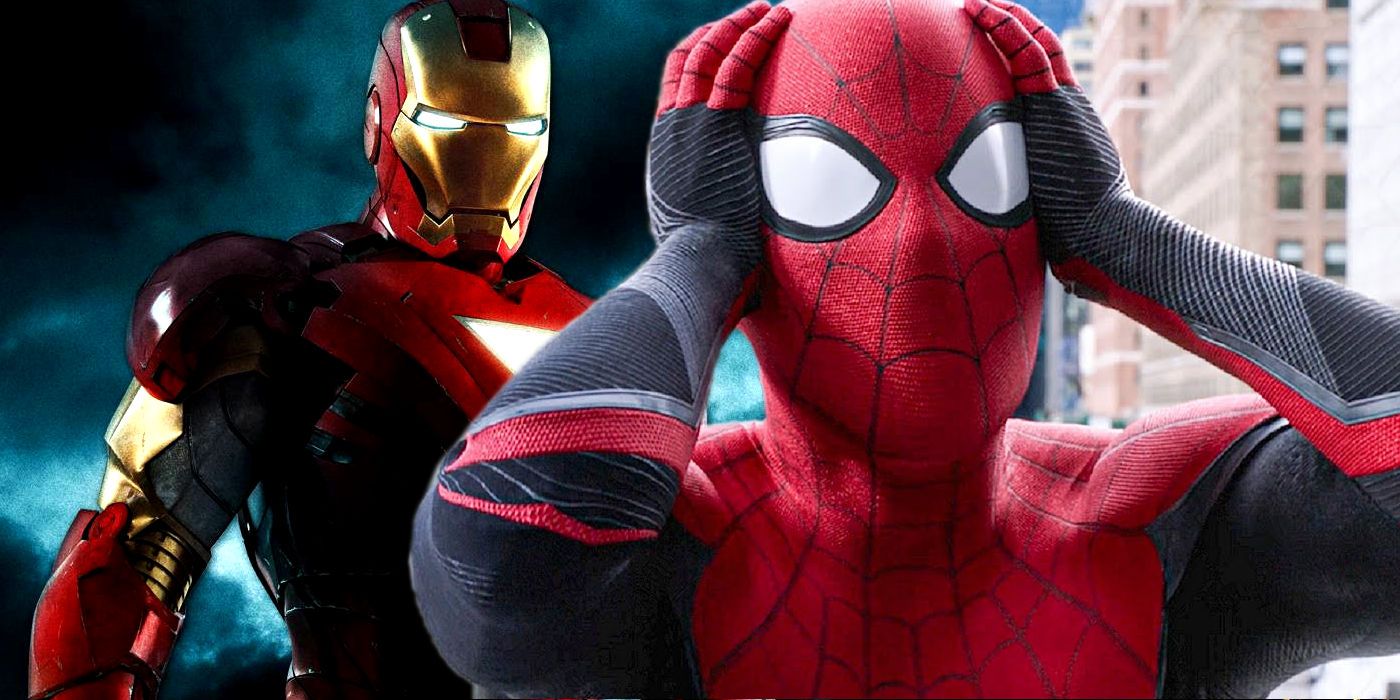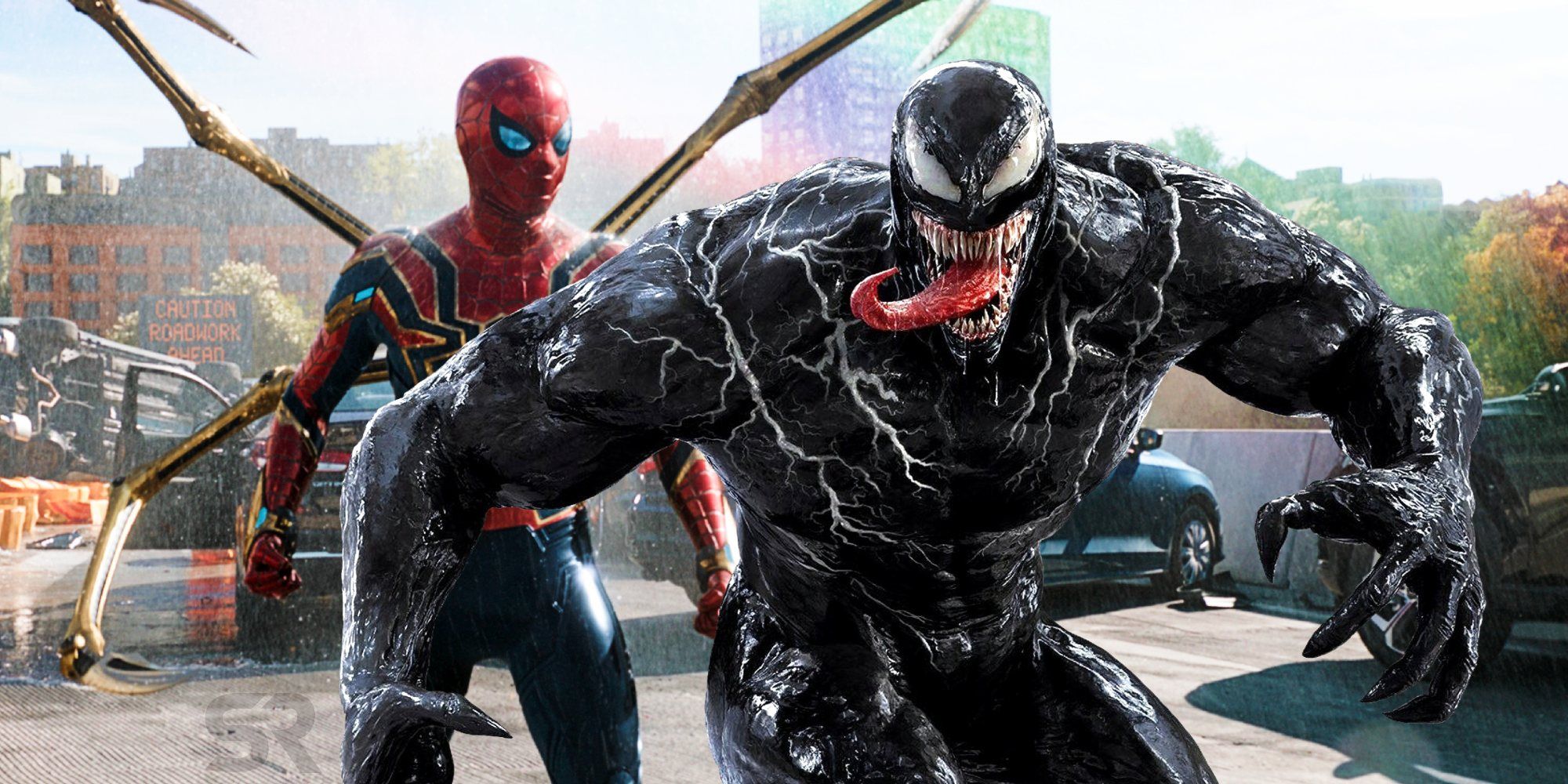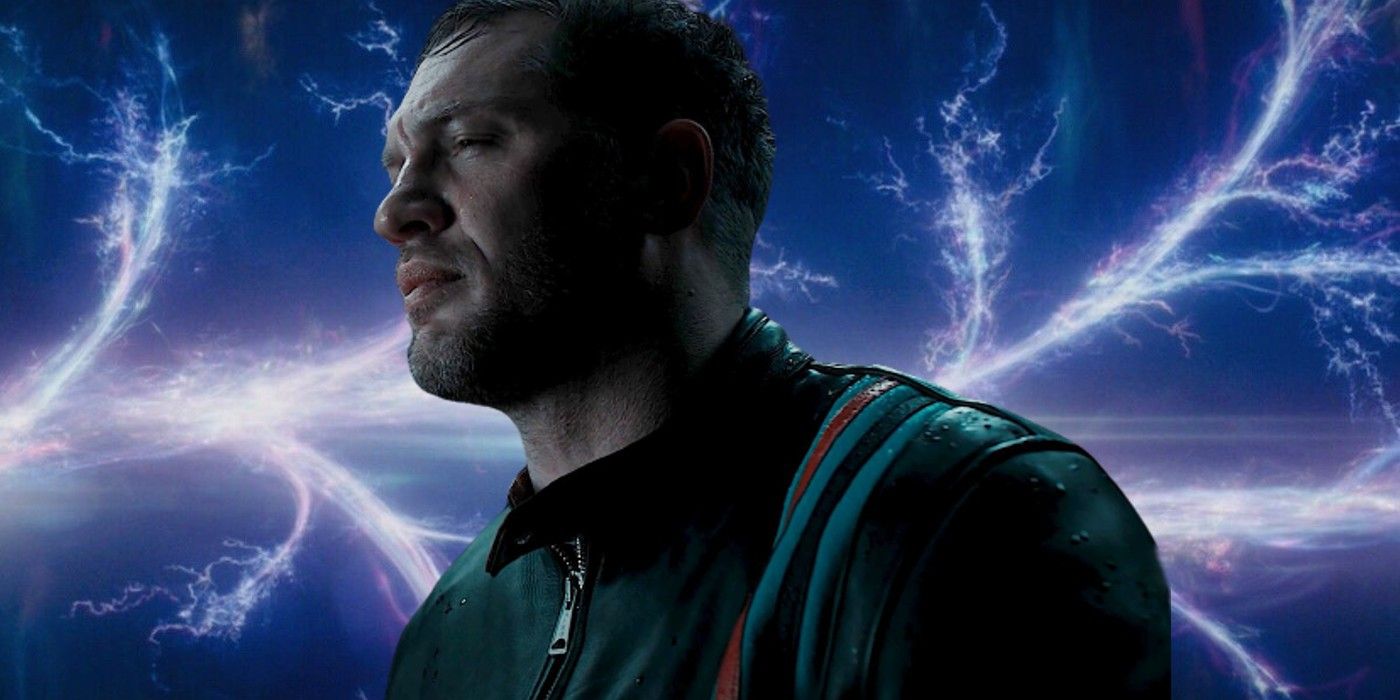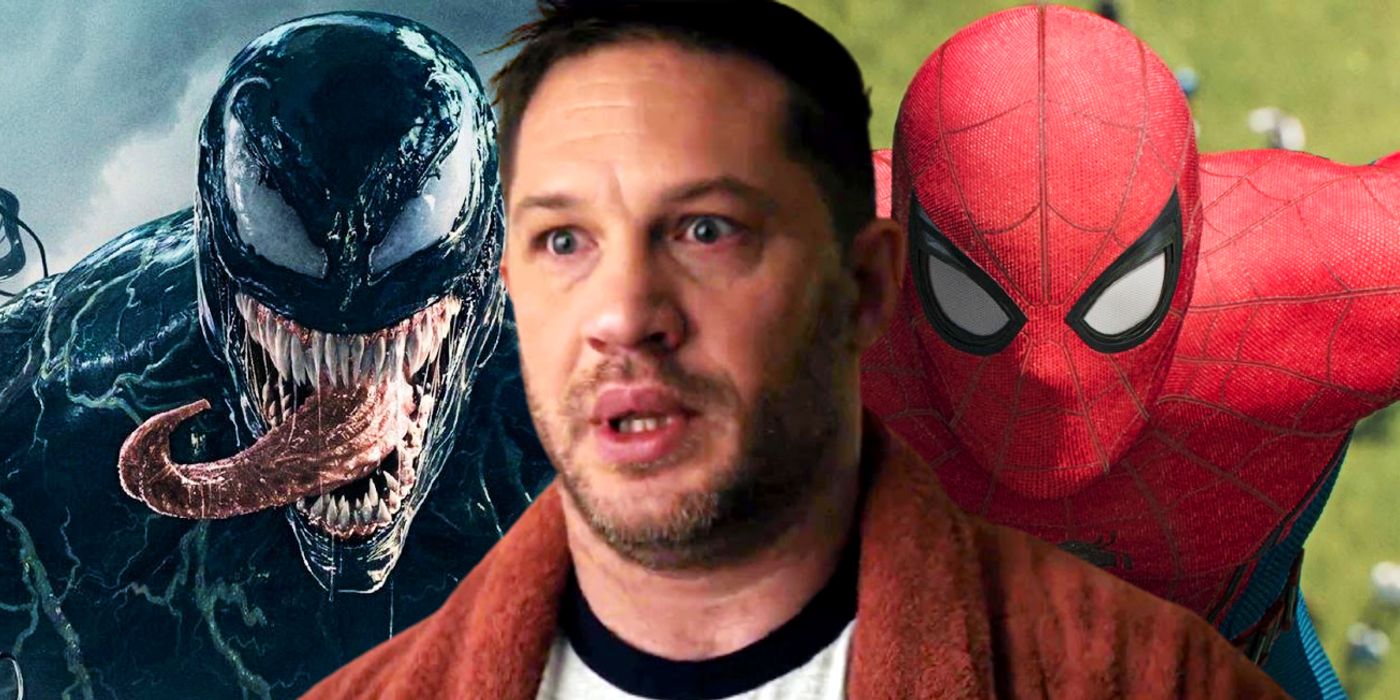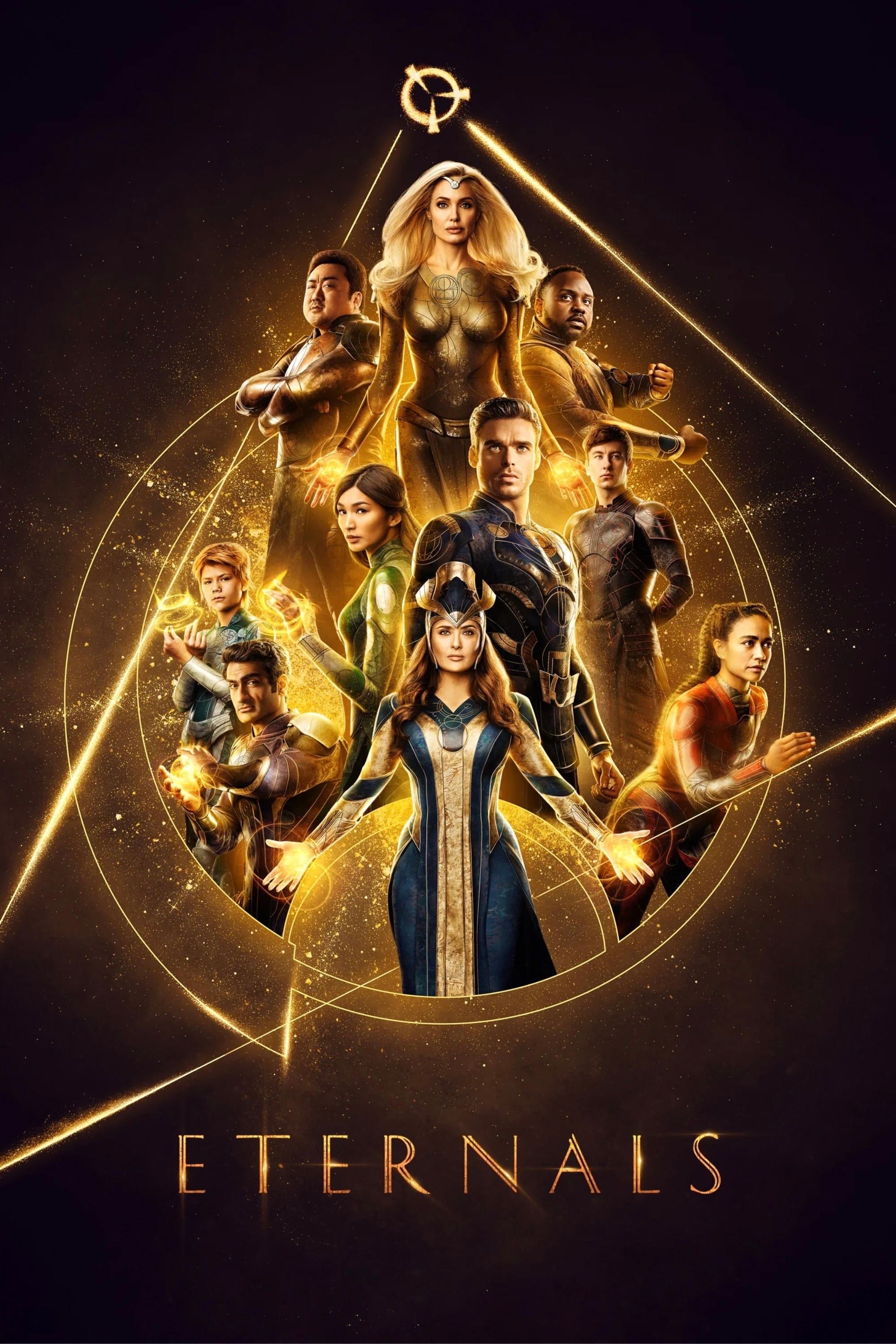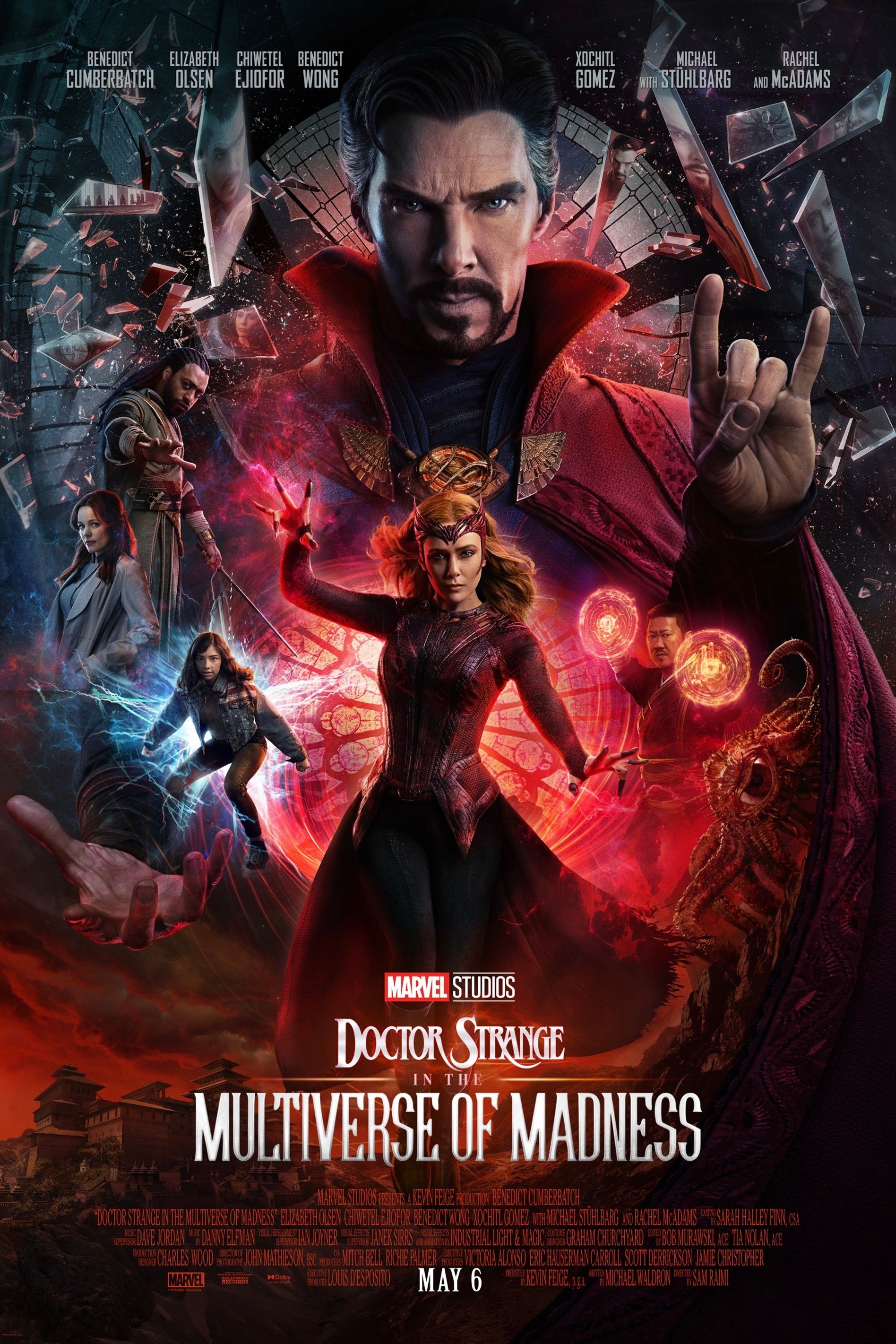Warning! Spoilers ahead for Venom: Let There Be Carnage
Highly anticipated sequel Venom: Let There Be Carnage features an exciting post-credits scene, carrying some serious implications for Sony's Spider-Verse and suggesting that Venom is seemingly a part of the MCU. Due to unexplained shifts in the multiverse, Eddie Brock (Tom Hardy) and his symbiote Venom have now found themselves in the Marvel Cinematic Universe, despite their origins in Sony's Spider-Man Universe. As a result, Venom's future is now equal parts exciting and uncertain, especially for the Spider-Verse at large.
2018's Venom was the first movie in Sony's current universe of Marvel films, seeing journalist Eddie Brock losing it all before coming into contact with Venom, an alien symbiote who bonded with him as its host. By the film's end, they defeated a rival symbiote who was seeking to leave Earth and bring back an invasion force. Now, Venom: Let There Be Carnage sees Eddie and Venom inadvertently creating a new symbiote which bonds with serial killer Cletus Kasady (Woody Harrelson). Kasady then transforms into Carnage, Venom's offspring and greatest rival from the comics.
However, despite Carnage ultimately being defeated, Eddie and Venom are forced to go on the run as fugitives. While the ending of the new film sees them lying low on an island in a cheap and less-than-desirable room, the entire room shifts with a change in the multiverse, and the duo soon find themselves in a much nicer room (complete with folded swans). Not only that, but J.K Simmons' J. Jonah Jameson himself is on the television talking about Tom Holland's Spider-Man whose image appears on screen, confirming that Venom has now entered the MCU (through no action of their own). However, what does this post-credits scene mean for Sony's Spider-Verse and Marvel films in general now that Venom is officially part of Marvel Studio's universe?
Why Sony Always Needed The MCU For The Spider-Verse
While Sony had initially planned to create their own universe of films spinning out of the Andrew Garfield-starring Amazing Spider-Man films, it eventually lost traction. Poor reviews for 2014's The Amazing Spider-Man 2 saw Sony abandoning their planned sequels and spin-offs (of which there were several). Instead, the role of Peter Parker was recast with Tom Holland, beginning a new trilogy set in the MCU in partnership with Disney and Marvel Studios after the new Spider-Man's debut in Captain America: Civil War. However, Sony's other films such as 2018's Venom and Spider-Man: Into the Spider-Verse were seemingly set apart from the MCU, with the intention being that its subsequent films would follow suit in Sony's Spider-Man Universe despite Tom Holland's Webslinger being in the MCU (who would presumedly serve as an unofficial bridge between the two universes while still keeping them separate).
Clearly, Venom: Let There Be Carnage and its post-credits scene seems to change this idea in a pretty big way. Not only does this mean that Venom is now a part of the MCU, but it's also possible that other characters could have been integrated as well thanks to whatever multiversal mingling has occurred. Now, Sony's Spider-Man Universe seems to be more connected to the MCU than previously assumed, which does make more sense. It seems much more organic and natural rather than having the studio's premiere character interacting in two separate universes that never connect beyond Spider-Man himself.
Spider-Man Always Had To Be Venom's Endgame
Focusing in on the character of Venom, Spider-Man seemed to be an inevitability for Eddie Brock and his symbiote's journey. Not only has Tom Hardy frequently voiced his desire to have Venom crossover with Spider-Man, but it's been one of the biggest fan hopes for both characters since the debut of their latest film versions. Furthermore, it does seem like the logical next step for Sony after showcasing Venom's origins and now his greatest foe with Let There Be Carnage, especially considering the fact that Peter Parker's history with the symbiote came first in the comics.
While the films ignore Spider-Man's origins with the symbiote and go straight to Eddie Brock as its first host, it does seem as though Sony is finally taking advantage of their successful characters and giving fans exactly what they've been hoping for by setting up a future meeting down the line. Furthermore, Venom in particular seems drawn to the image of Peter Parker on the television despite his and Eddie's confusion about what has happened to them in the post-credits scene, indicating that the two of them and Spider-Man will be coming together soon (though it remains unclear whether it will as friends or foes).
The Multiverse Was Venom's Best Chance To Jump
Additionally, the multiverse is the perfect vehicle to explain not only Spider-Man's absence from Venom's history thus far, but also why their eventual relationship will begin with the Lethal Protector entering the MCU. Marvel Studios has also done a lot of the heavy lifting, detailing the concepts of the multiverse with their Disney+ shows such as Loki and Marvel's What If...?, serving as a primer before Spider-Man: No Way Home which will see Peter Parker and Doctor Strange dealing with the fallout of a spell gone wrong, creating multiversal consequences such as Tom Holland's Spider-Man facing Alfred Molina's Doctor Octopus, last seen in the Tobey Maguire-led Spider-Man 2.
Likewise, No Way Home does seem to be the most likely explanation for what's happened to Eddie and Venom, experiencing a multiversal shift due to the wayward spell as other Spider-Man foes will reportedly experience. It could also be the reason why Eddie's symbiote is drawn to Spider-Man, setting up Venom's future appearance in No Way Home or a potential Venom 3 featuring the Webslinger. In any case, the multiverse has thankfully created a logical narrative means for the two to meet face-to-face.
What Venom In The MCU Means For The Spider-Verse
While it does remain somewhat unclear if it was just Venom who entered the MCU, it's possible that future films set in Sony's Spider-Man Universe could have been integrated such as Morbius and Kraven the Hunter, seeing those titular characters being more involved in the greater MCU as well. It would help to explain Michael Keaton's Vulture in Morbius, seeing as how he was Peter Parker's first villain in the MCU's Spider-Man: Homecoming. However, Aaron-Taylor Johnson has been announced as Kraven, who played the MCU's version of Quicksilver in 2015's Avengers: Age of Ultron. While the speedster and brother of the Scarlet Witch did die in that film as an Avenger, it still opens the door for some confusion if the same actor reenters the MCU as a Spider-Man villain.
Related: Venom 2: Let There Be Carnage's 10 Biggest Spoilers
In any case, Venom is now officially in the MCU which is quite an exciting development for the future Spider-Man, Sony's Spider-Verse, and for the character of Venom himself. While the idea of a Spider-Man crossover will be the most dominant and pressing concept desired by fans and studios alike, all kinds of narrative possibilities have opened up thanks to the multiverse. Needless to say, it's going to be pretty interesting to see where Eddie and his symbiote show up next after Venom: Let There Be Carnage.
More: Venom's Only Chance To Fight Spider-Man Is The MCU (Not Sony's Spider-Verse)

